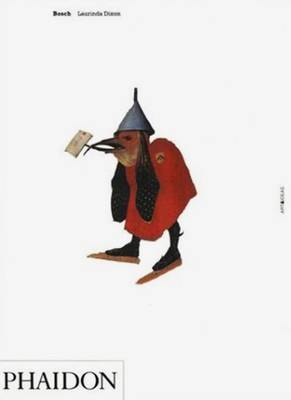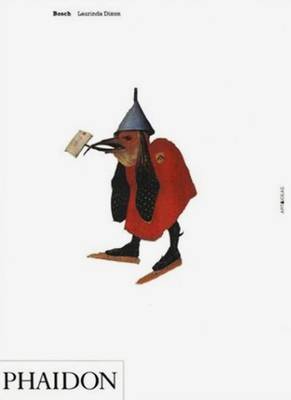
- Retrait gratuit dans votre magasin Club
- 7.000.000 titres dans notre catalogue
- Payer en toute sécurité
- Toujours un magasin près de chez vous
- Retrait gratuit dans votre magasin Club
- 7.000.0000 titres dans notre catalogue
- Payer en toute sécurité
- Toujours un magasin près de chez vous
Description
Hieronymus Bosch (c.1450-1516), one of the major artists of the Northern Renaissance, had a seemingly inexhaustible imagination. Known as the creator of disturbing demons and spectacular hellscapes, he also painted the Garden of Earthly Delights, where gleeful naked youths feast on giant strawberries. Little is known of Bosch's life and his art has remained enigmatic, variously interpreted as the hallucinations of a madman or the secret language of a heretical sect.
The Surrealists claimed Bosch as a predecessor, seeing in his work the imagery of dream, fantasy and the subconscious. Laurinda Dixon argues, however, that to understand and appreciate the art of Bosch, we must return to the era in which he lived. Dixon presents Bosch as an artist of his times, knowledgeable about the latest techniques of painting, active in the religious life of his community and conversant with the scientific developments of his day. She draws on popular culture, religious texts and contemporary medicine, astrology, astronomy and alchemy - now discounted but then of interest to serious thinkers - in order to investigate the underlying meaning of Bosch's art.
Spécifications
Parties prenantes
- Auteur(s) :
- Editeur:
Contenu
- Nombre de pages :
- 352
- Langue:
- Anglais
- Collection :
Caractéristiques
- EAN:
- 9780714839745
- Date de parution :
- 01-09-03
- Format:
- Livre broché
- Format numérique:
- Trade paperback (VS)
- Dimensions :
- 161 mm x 220 mm
- Poids :
- 708 g

Les avis
Nous publions uniquement les avis qui respectent les conditions requises. Consultez nos conditions pour les avis.






